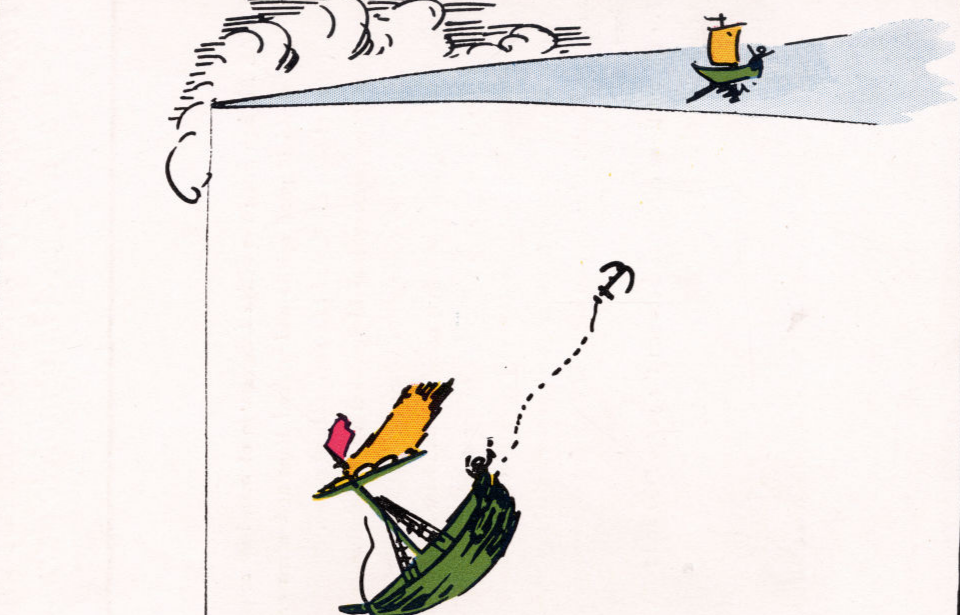In a way, history is the retelling of stories over and over again. As such, some of these stories and facts have been altered throughout the years. The result is that many historical facts we believe today are actually just myths. We’re here to set the record straight and show what is historical fact over fabricated myth.
1. The idea that Medieval people rarely traveled
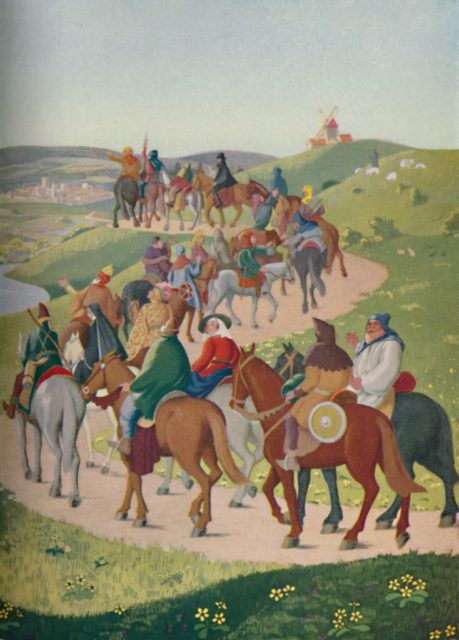
One fact that many of us believe is that people living in the Middle Ages stayed in a single place for the duration of their entire lives. To an extent, this is somewhat true, especially for peasants who lived in the countryside.
However, traveling was a possibility for numerous people living throughout the Medieval period. During a time when Christianity played a major role in the day-to-day lives of many individuals, people were more than willing to make a pilgrimage to different holy sites. These Holy sites were scattered throughout Europe, and people would often travel hundreds or even thousands of miles to see them.
Traders also traveled far and wide to buy, sell, and transport their goods. Spices and silks were very valuable during the Middle Ages, meaning traders would come from Europe to India, the Middle East, and China to do their business.
2. Germany and the atomic bomb during the Second World War

A subtopic popular with those who are passionate about WWII history looks at Germany and how close they were to creating their own atomic bomb. After the Second World War, many people believed that Germany had been on the verge of developing their own atomic bomb that could have greatly influenced the outcome of the war. In fact, the scientists working on the Manhattan Project operated on the assumption that Hitler had an advanced nuclear program that might develop an atomic bomb at any point.
American scientists during the Second World War believed they were in a race against Germany to produce the first atomic bomb. However, it was later discovered that the Germans’ nuclear program was not nearly as advanced as the Americans assumed. Early in their research, German physicists took a wrong turn that brought them down a path away from nuclear weapons. The Second World War could have lasted for another ten years, and Germany would have been no closer to creating an atomic bomb than it had been in 1945 when the war did end.
3. The role of resistance in WWII
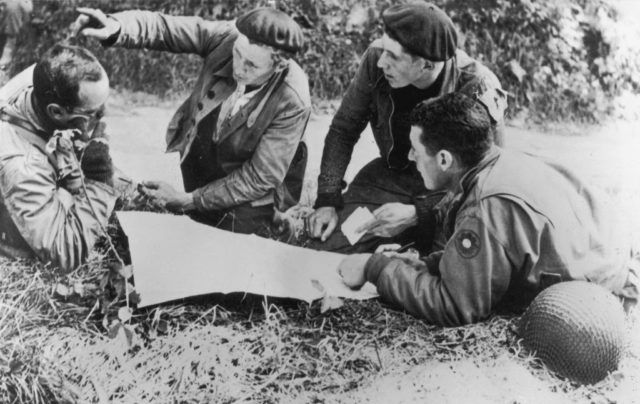
Resistance fighters throughout the Second World War were quite significant, and have duly earned their spot in history textbooks and lessons everywhere. The men and women who risked their lives in the Allied resistance during the Second World War are true heroes. However, many people embellish the role that Allied resistance played in the Second World War. People have assumed that the Allied resistance, especially in Western Europe, had a large role in the Allies’ eventual victory over Germany.
The men and women who worked with the resistance were extremely courageous. While their effort did have a positive impact, it was an impact on a smaller scale rather than a large scale. Resistance movements boosted local morale, pride, and self-esteem during the Second World War. While this elevated pride and morale are still very important, it was not the acts of the Allied resistance that won the war. The Allied resistance was often more symbolic than substantive in the grand scheme of the Second World War.
4. American colonists and the Revolutionary War
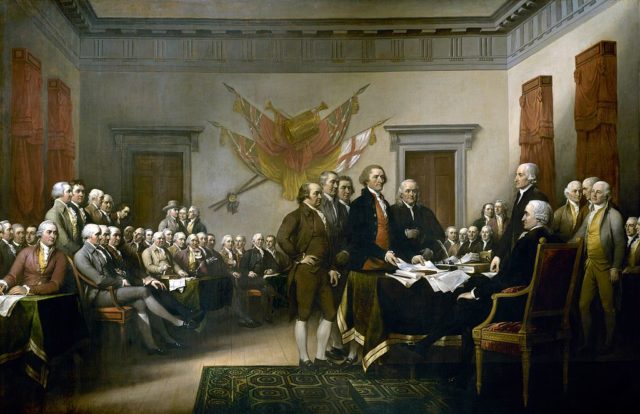
When we learned about the Revolutionary War, we believed that all colonists living in the Thirteen Colonies wanted independence from Britain. However, at no time did more than 45% of colonists support America’s independence from Britain.
In fact, at least one-third of American colonists fought for the British. Throughout the conflicts, many Americans switched sides multiple times – depending on which side was winning the war at that point.
5. Napoleon’s true height
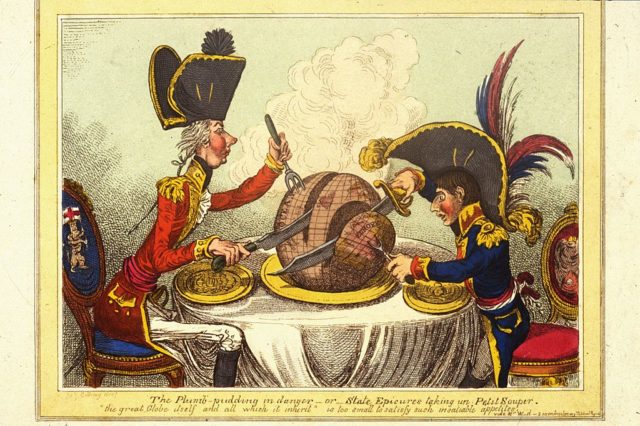
Nearly everyone believes that Napoleon Bonaparte was a short king. This idea became popular and widespread through the cartoons created by British cartoonist James Gillray. Gillray’s cartoons depicted Napoleon as very short. His drawings were so popular that other artists and cartoonists soon followed suit. In fact, at the end of his life, Napoleon said that Gillray “did more than all the armies of Europe to bring me down.”
In reality, Napoleon was considered to be of average height. He stood 5 feet, 5 inches tall, which was only an inch or so below the period’s average adult male height. In 2022, this might be considered short, but it was completely average during Napoleon’s lifetime. Just goes to show how devastating bad press can be for someone’s image and historical memory.
6. Italians and their love for tomatoes

We all know that Italians have perfected the best foods in the world – pizza and pasta. Central to these delicious recipes is the use of tomatoes. To be honest, we have always assumed that tomatoes are native to Italy.
However, tomatoes are a vegetable that originated in South America – specifically Ecuador, Peru, and Chile. It was not a vegetable native to anywhere in Europe, let alone Italy. In fact, tomatoes first arrived in Italy as late as 1548, meaning our favorite foods are still relatively ‘new’ in the grand scheme of things.
7. How torturous were corsets?
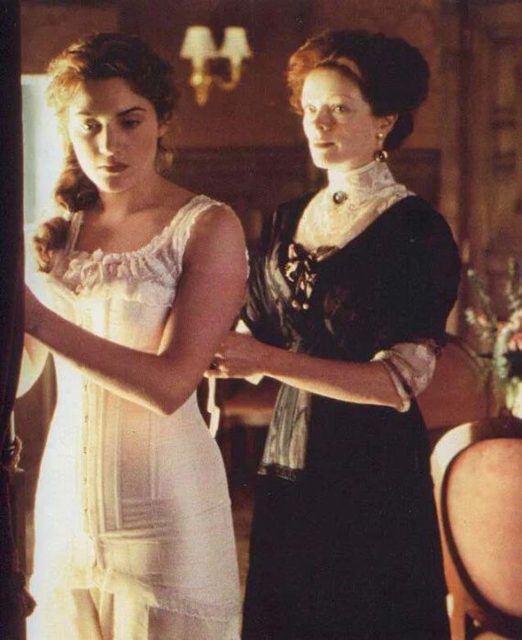
Let us be clear – we certainly never want to have to wear a corset. History class, television, and the movies present the idea that corsets were essentially torture devices women were forced to wear so their waists would appear smaller. In fact, women would have their ribs surgically removed so they could have a smaller waist and fit better into their corsets.
Corsets could be painful and they did occasionally cause women to faint if they were laced too tightly. However, there were many different types of corsets available to women in the nineteenth century. Corsets primarily offered women support, and they created a clean line on which the dress fabric would lay. Women were able to work in corsets and they were not as uncomfortable as we have imagined them to be.
The practice of tight-lacing started appearing in the 1840s. Tight-lacing is often considered synonymous with corsets, but this was an optional trend that was added to the already long-serving practice of corsetry. Similarly, women certainly never had any ribs removed to achieve a smaller waist. Surgery was in its infancy in the nineteenth century, meaning any procedure, in general, was a very risky undertaking. Most women certainly would not undergo a risky surgery simply for aesthetic reasons.
8. How many people did the storming of the Bastille free?
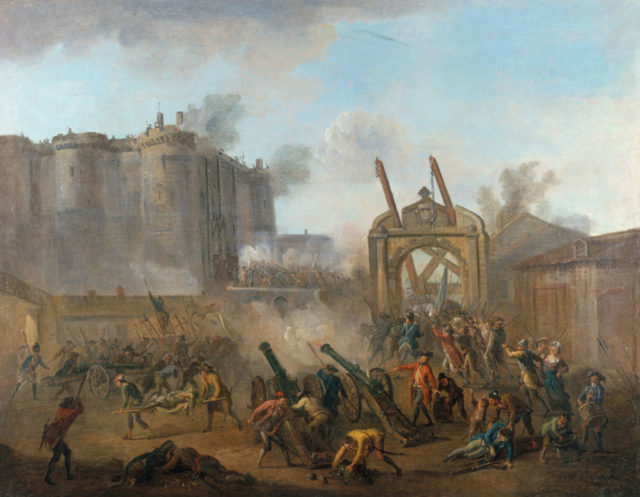
We were under the impression that the storming of the Bastille on July 14, 1789, freed hundreds of political prisoners. After all, this event symbolically marked the start of the French Revolution. Perhaps this myth was perpetuated by artwork of this event that makes it seem like hundreds of people were involved. In reality, only seven prisoners were freed.
9. Did people in the Middle Ages believe the Earth was flat?
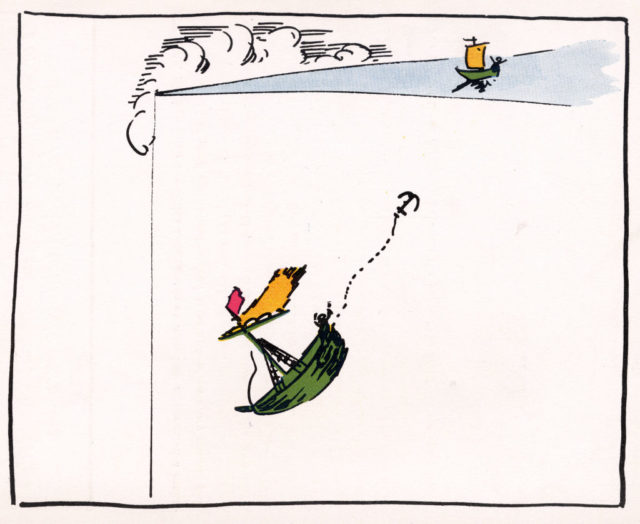
We always learned that people living in the Middle Ages thought the world was flat. After all, didn’t Christopher Columbus “sail the ocean blue” in 1942 to prove that the Earth was round? Well, actually, no, he didn’t set out to prove this theory. In fact, according to historian Jeffrey Burton Russell, “no educated person in the history of Western Civilization from the third century B.C. onward believed the Earth was flat.”
More from us: Debunking 7 Myths About The Titanic That Everyone Still Believes
In fact, it was the ancient Greeks – specifically a mathematician named Eratosthenes – who discovered that the Earth was round as early as 600 B.C. So it seems relatively well known that people in the Middle Ages knew the Earth was round, and yet for some reason, many in 2022 are still questioning this fact today.
